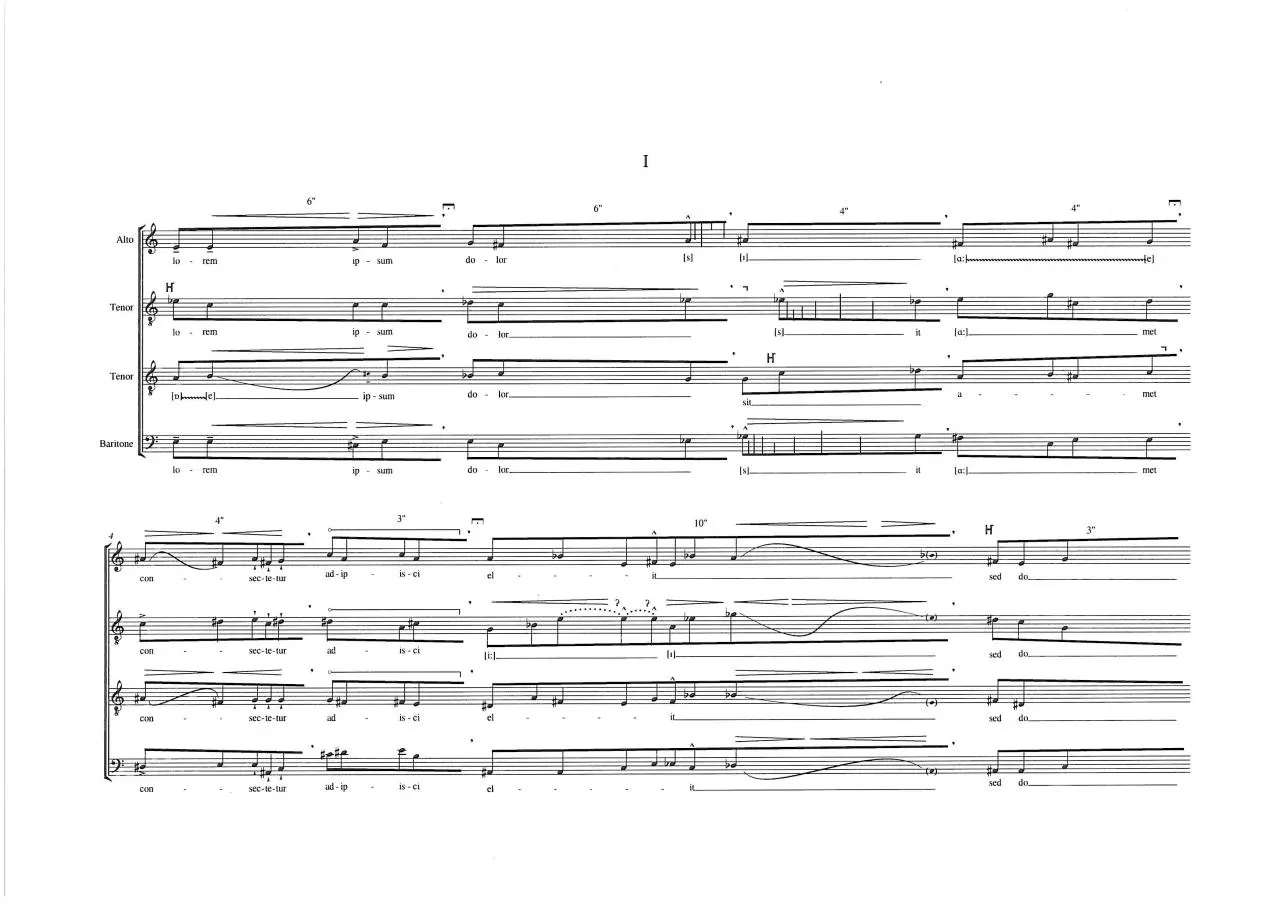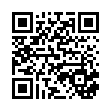10 Triptych (for four voices) (PDF)
File information
This PDF 1.4 document has been generated by PDFMerge! (http://www.pdfmerge.com) / iText® 5.5.2 ©2000-2014 iText Group NV (ONLINE PDF SERVICES; licensed version), and has been sent on pdf-archive.com on 25/10/2015 at 21:15, from IP address 86.21.x.x.
The current document download page has been viewed 438 times.
File size: 4.08 MB (11 pages).
Privacy: public file





File preview
Triptych
for four voices
Alexander Kolassa (2011/2014)
Note on the text
The first two movements draw their words from the placeholder text, lorem ipsum. This text is
typically used to fill up, and draw attention to, the design of a document without necessarily
distracting the eye with its own verbal content. It is derived from Cicero’s De finibus bonorum
et malorum, though bears little resemblance to it in the end. The third movement, which uses
bits of lorem ipsum in the outer parts, sets the first verse of the 12th century Occitanian
troubadour Arnaut Daniel’s Anc ieu non l’aic mas elha m’a, in the middle voices. It is a
characteristically melancholic text about the impossibility of love.
Composer's Foreword/Playing Instructions
I
1 1/2 - 2 minutes
homophony
The first movement is scored and notated in a semi-aleatoric manner; the physical length between notes indicates the
approximate durational length the note is to be held: the performer is the final arbiter. Note, durations are
relative to the suggested time, in seconds, placed above each beamed group of notes. Commas indicate not only a
breath mark, but structurally serve to designate the limits of lines and phrases, as though in the style of speech;
they also serve to highlight particular harmonic and melodic contours. Dynamics have been mostly excluded or are
incomplete. Except in instances where a specific hauptstimme symbol is present, no one voice should stand out. A
closely coordinated ensemble should operate as one in this movement. Note, accidentals affect only the note they
precede, if a note is without an accidental it is always natural.
II
1 1/2 - 2 minutes
polyphony
This movement is properly metric and the tempo is approximately 90bpm, however, this tempo should be approached
flexibly by the singers; generally speaking, moments of denser texture (with all four voices present) should give
way to a greater sense of movement and rhythmic propulsion. As indicated by the dynamics, care should be taken to
allow individual voices to emerge from the larger gestalt. Time signatures have been excluded (à la Messiaen); bar
lines in this case serve to impose a certain rhythmic framework without necessarily conforming to the specific
requirements implied by particular time signatures. The sometimes irregular note-groupings reflect a horizontal (as
opposed to vertical) way of thinking about rhythm in an ongoing way. In this movement, the members of the ensemble,
who stood close and in a line in the previous movement, should begin further apart.
III
1 1/2 - 2 minutes
chanson
The desired result of this movement is of an altogether ‘sweeter’ and more mellifluous nature. In the manner of a
secular polyphonic piece of the pre-modern period, it emerges unthreateningly, at points threatens to fall apart,
and ultimately fades away. The counter-melody in the alto and baritone serve to drastically rhythmicise and ‘drive’
the other two voices. A certain ‘push and pull’ (serving as the movement's dramatic impetus) should be felt between
the sweet free-flowing melody of the tenors and the rather more insistent counter-melody in the other two voices.
Alto and baritone should be facing away from the audience when the movement begins. Between rehearsal marks B and C,
alto and baritone turn slowly, facing frontwards for the final 3 bars. The two tenors are welcome to walk around the
stage between marks A and B but must be stood together and front-facing in time for their entry at mark B.
Download 10-Triptych (for four voices)
10-Triptych (for four voices).pdf (PDF, 4.08 MB)
Download PDF
Share this file on social networks
Link to this page
Permanent link
Use the permanent link to the download page to share your document on Facebook, Twitter, LinkedIn, or directly with a contact by e-Mail, Messenger, Whatsapp, Line..
Short link
Use the short link to share your document on Twitter or by text message (SMS)
HTML Code
Copy the following HTML code to share your document on a Website or Blog
QR Code to this page

This file has been shared publicly by a user of PDF Archive.
Document ID: 0000310428.